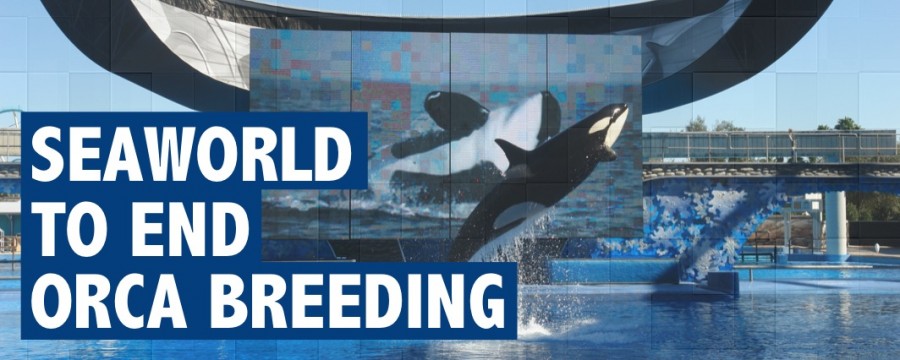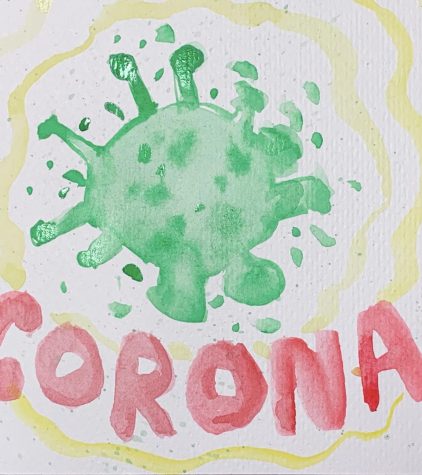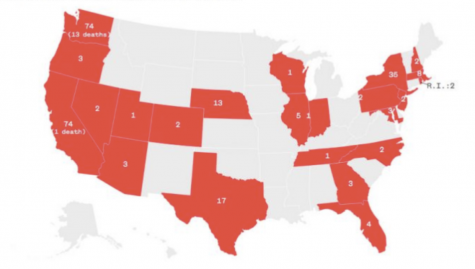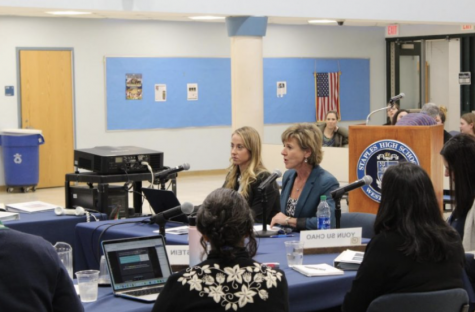SeaWorld will end Orca breeding starting 2017
SeaWorld announced on Thursday that they will no longer breed orcas and that their current orcas will be SeaWorld’s last generation of killer whales.
This new policy will be put into action in the San Diego SeaWorld in 2017 and then in Orlando in 2019.
Staples students appear to have mixed emotions on SeaWorld’s latest announcement. After taking Marine Biology, Lauren Clement ’16 developed strong opinions on SeaWorld’s treatment of their animals.
“I think that it’s good because they’re not continuing the process, but they’re not really doing anything,” Clement said. “If they were actually trying to be humane, they would just release the animals.”
SeaWorld has announced that all of their current orcas will live out their lives in captivity, in park habitats.
Sarah Cooperman ’13, a self described “whale enthusiast” has mixed emotions on this policy as well. As a result of her love for whales, Cooperman volunteered at the Maritime Aquarium for four years and did ecology research in Alaska this past summer where she had the opportunity to observe whales up close.
“It doesn’t make sense to keep such sentient and huge animals in confined tanks. Orcas are incredibly smart and need constant stimulation,” Cooperman said. “While I think the trainers there really do care for the animals and want to make them as happy as possible, stimulation in a tank is not the same as open ocean.”
The issue of SeaWorld’s treatment of their whales picked up a lot of publicity when the documentary “Blackfish” was released. “Blackfish” is the story of one of SeaWorld’s orcas, Tilikum, who has taken the lives of three people. The main claim of “Blackfish” is that orcas are not dangerous when out in nature, they just have dangerous tendencies when in captivity.
In addition to violent behavior, whales in captivity are said to live much shorter lives. According to the Whale and Dolphin Conservation (WDC) website, the average lifespan for whales is 30 years for males (with a maximum 50-60 years) and 24 years (maximum 80-90 years) for females. Only 8 percent of SeaWorld’s whales have lived past 25 years.
While SeaWorld’s new policy in no longer breeding their whales is a step in the right direction, many think it is not enough.
“I think creating some way to adapt the orcas back to a natural environment (in the ocean, really), that would be the best move so these animals can live out the rest of their lives in a relatively natural setting even if it’s an enclosed sanctuary or something of the sort,” Cooperman said.
Clement echoed the idea of letting the whales free.
“Tilikum is dying right now, like just let [the whales] out, what is the point of having them in captivity if they’re not gonna breed them,” Clement said.

Loyal, honest, and light-hearted are just a few words that describe Aileen Coyne ’16.
A passionate swimmer, Coyne started competing at the age of...


















































